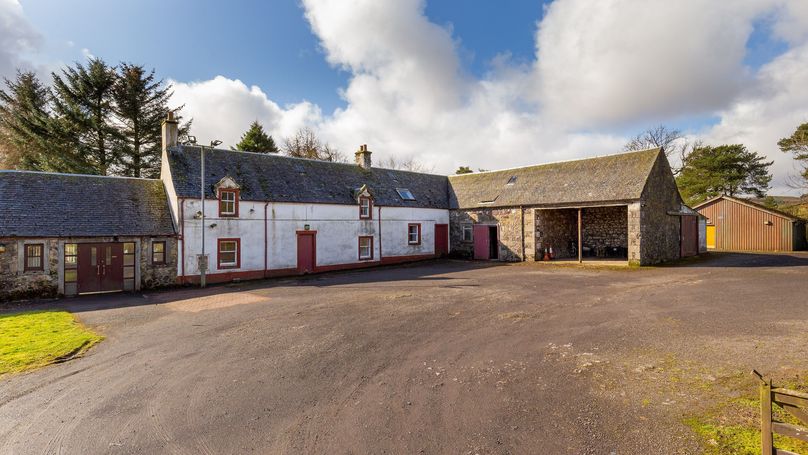More farmers in more rural areas now have the opportunity to develop any redundant buildings and potentially generate extra income to supplement their agricultural revenues.
CKD Galbraith has assisted clients to develop unused steadings for a variety of uses and is seeing the opportunity open up for others. Its Ayr office in particular is working on several steading projects.Simon Brown, CKD Galbraith's Head of Operations in Dumfries and Galloway, explains: "There is much more of a possibility for farmers to raise income in this way. It's linked to a change in the way farmers are looking at their businesses, for as agricultural revenues are squeezed, farmers have to be more business minded to look at ways to supplement their main activity.
"The introduction of the Scottish Planning Policy 15 in February 2005 and the creation of funding schemes such as the Farm Business Development Scheme have created a climate in which steading developments are not only encouraged by the planning system, but can be funded also. Add to this an agricultural sector with real financial issues and the new Single Farm Payment, diversification is now a key decision for many rural businesses.
"The bottom line is that in many cases, the traditional farm steading is an underutilised asset. Many, following the introduction of modern agricultural practices, lie unoccupied, unused or even empty. With the right advice and correct planning, it can be transformed into a real income stream which can go a long way to supplementing the farmer's core business."
Possible diversification options include the development of the steading for residential or commercial use, or even a combination of the two combined with small workshop units. Scottish Planning Policy 15 looks particularly favourably on the latter, increasing the likelihood of planning permission being granted.
As with all property development location is crucial. This means both the location of the farm geographically and the location of the steading within the farm itself. Both locations will determine the best use for the buildings and how the development will take shape. This will then influence the necessary commercial decisions that need to be taken, such as whether to sell or lease out the site, or whether to develop oneself.
"Getting the right advice here is important", continues Simon: "Any development must make a profitable use of the asset and fit in with the current business activities and lifestyle of the farmer.
"Every case should be considered on its merits and the benefits of any scheme should be weighed up against the cost and possible consequences. Indeed, in opting for steading development, several points need to be considered, such as the resultant noise and loss of privacy, diminution in value of the remaining property retained, not to mention the potentially negative effect of increased human activity in the vicinity of the farm business.
Set against these points are the benefits of freeing up capital for further investment elsewhere within the business or if leasing out the buildings, providing another income stream altogether. The option to relocate to a new purpose built steading which may be more suitable for modern farming practices and the reduced maintenance burden associated with traditional buildings exists too."
Whatever option is chosen, making best use of all available buildings can make a major difference to the way a farm operates, freeing up space and land or even converting a previously unusable building to form a fantastic new property. Getting assistance with making a move like that can change the way farmers run their businesses.
Simon Brown, an expert in farm property development, heads up CKD Galbraith's estate agency services in Dumfries and Galloway and South West Scotland. He is an expert in farm property development.
